VW T-Cross vs VW T-Roc – Differences & prices compared
Compare performance, boot space, consumption and price in one view.
Find out now: which car is the better choice for you – VW T-Cross or VW T-Roc?
The VW T-Cross (SUV) comes with a Petrol engine and Manuel or Automatic transmission. In comparison, the VW T-Roc (SUV) features a Diesel or Petrol engine with Manuel or Automatic transmission.
When it comes to boot capacity, the VW T-Cross offers 455 L, while the VW T-Roc provides 445 L – depending on how much space you need. If you’re looking for more power, decide whether the 150 HP of the VW T-Cross or the 300 HP of the VW T-Roc suits your needs better.
In terms of consumption, the values are 5.40 L per 100 km for the VW T-Cross, and 4.80 L for the VW T-Roc.
Price-wise, the VW T-Cross starts at 21100 £, while the VW T-Roc is available from 25800 £. Compare all the details and find out which model fits your lifestyle best!
In the battle of compact SUVs, the VW T-Cross and VW T-Roc showcase distinct personalities, catering to different preferences. The T-Cross excels in urban agility and practical, family-friendly features, while the T-Roc leans towards a sportier design and a more engaging driving experience. Both models offer impressive tech and safety features, making them strong contenders in the ever-competitive SUV market.
VW T-Cross
The VW T-Cross stands out as a versatile compact SUV that combines practicality with style. Its interior design offers a spacious and flexible layout, ideal for both city driving and weekend adventures. With its modern infotainment system, the T-Cross ensures drivers and passengers stay connected throughout their journeys.
details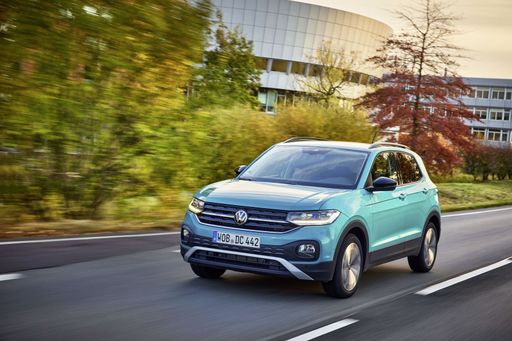 @ Volkswagen
@ Volkswagen
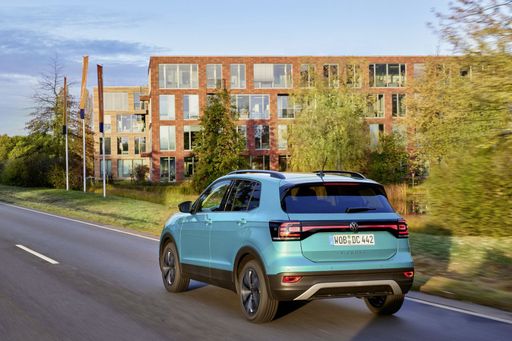 @ Volkswagen
@ Volkswagen
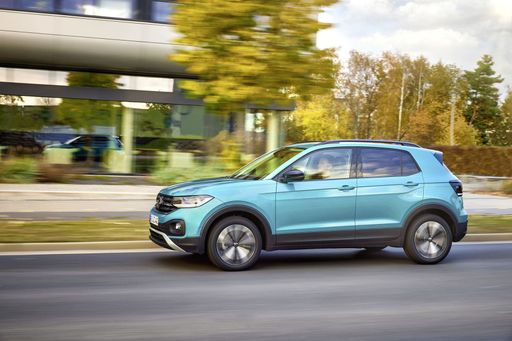 @ Volkswagen
@ Volkswagen
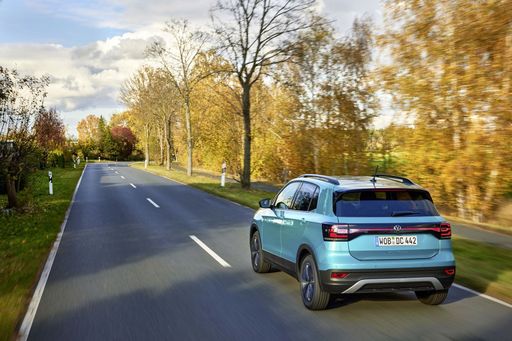 @ Volkswagen
@ Volkswagen
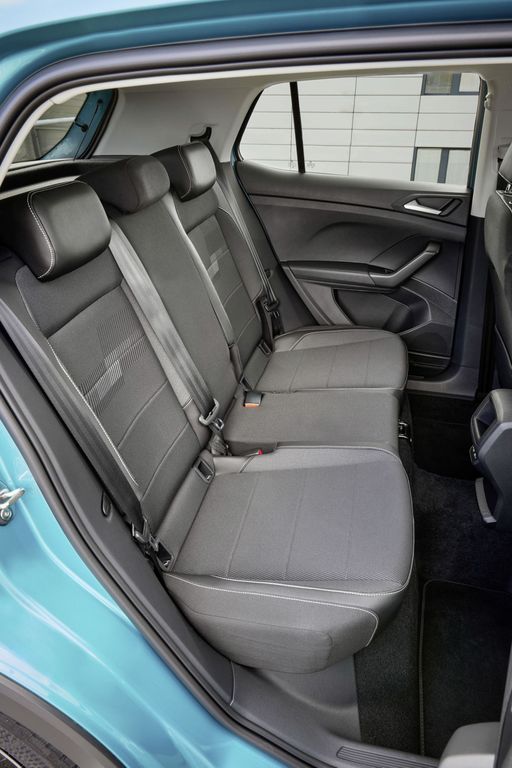 @ Volkswagen
@ Volkswagen
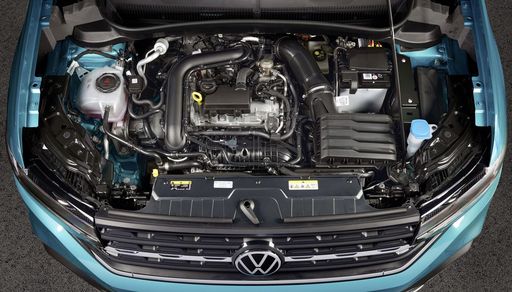 @ Volkswagen
@ Volkswagen
VW T-Roc
The VW T-Roc seamlessly blends stylish design with practical functionality, making it an ideal choice for those who enjoy both urban and countryside driving. Its modern interior features intuitive technology and comfortable seating, enhancing the overall driving experience. With its robust build and dynamic performance, the T-Roc is equipped to handle various road conditions with confidence.
details @ Volkswagen
@ Volkswagen
 @ Volkswagen
@ Volkswagen
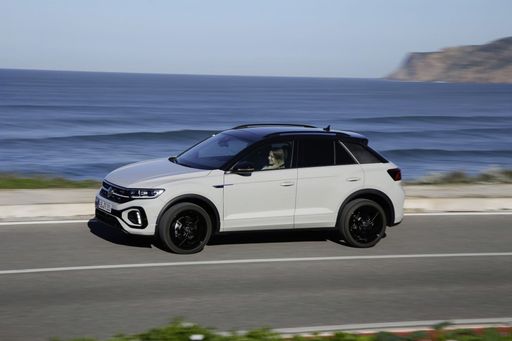 @ Volkswagen
@ Volkswagen
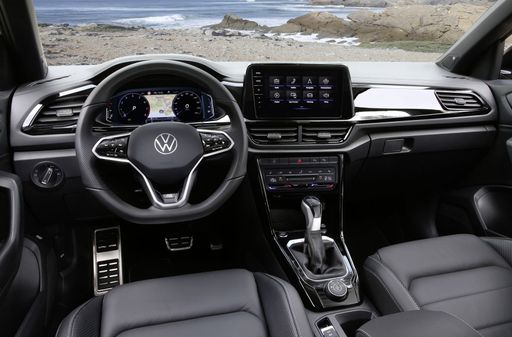 @ Volkswagen
@ Volkswagen
The compact SUV segment has seen remarkable growth over the years, and Volkswagen has successfully carved its niche with two distinct models: the VW T-Cross and the VW T-Roc. While both vehicles boast a robust design and considerable features, they cater to different needs and preferences. This in-depth comparison explores their technical aspects, innovations, and overall value.
Design and Dimensions
Starting with dimensions, the VW T-Cross measures 4127 mm in length, 1784 mm in width, and 1573 mm in height, making it slightly smaller than the VW T-Roc, which ranges between 4236 mm and 4271 mm in length, with a width of 1811-1819 mm and a height of 1527-1584 mm. This difference in size contributes to the T-Roc's more aggressive stance on the road, while the T-Cross offers a more compact form that's ideal for city driving.
Engine Options and Performance
When it comes to powertrains, the T-Cross presents several petrol engine options: 95 HP, 116 HP, and 150 HP, coupled with a front-wheel drive system. The 1.5-liter engine can accelerate from 0 to 100 km/h in just 8.4 seconds, showcasing its sporty potential.
The T-Roc, on the other hand, offers a broader selection including petrol and diesel engines, ranging from 115 HP to a robust 300 HP variant. The top-end engine, a 2.0-liter unit, mated to an all-wheel-drive system, can sprint from 0 to 100 km/h in an astonishing 4.9 seconds, underscoring its high-performance capability.
Fuel Efficiency and Consumption
In terms of fuel consumption, both models perform admirably. The T-Cross achieves a range of fuel economy from 5.6 to 6.0 L/100km. The T-Roc, meanwhile, provides even more variety from 4.7 L to 8.5 L/100km, depending on the engine choice. This variance provides consumers with options tailored to their specific driving habits—those prioritizing efficiency may find the T-Roc’s diesel variants particularly appealing.
Interior Comfort and Technology
Both vehicles seat five passengers, providing ample room for occupants with stylish interiors. The T-Cross features a trunk capacity of 455 L, which is competitive for its category, while the T-Roc offers a slightly smaller range of trunk capacities (284 to 445 L), depending on configurations. However, the T-Roc's premium feel is enhanced with higher-end materials and an advanced infotainment system, providing a more luxurious experience.
Safety and Innovation
Safety is paramount in both models, with comprehensive driver-assistance systems. The T-Cross offers features such as lane-keeping assist and adaptive cruise control, while the T-Roc raises the bar with additional innovations like automatic emergency braking and park assist. Both vehicles meet modern standards, garnering high safety ratings in various markets.
Price and Value Proposition
Pricing is an essential factor in the decision-making process. The T-Cross typically starts at a lower price point compared to the T-Roc, which is positioned as a more premium offering. Buyers seeking a budget-friendly SUV may prefer the T-Cross, while those desiring extra power, features, and a touch of luxury might gravitate towards the T-Roc.
Final Thoughts
In conclusion, the choice between the VW T-Cross and VW T-Roc boils down to individual needs and preferences. The T-Cross shines with its compact size and efficiency, making it an ideal choice for urban drivers. Conversely, the T-Roc satisfies those looking for a thrilling drive with advanced features and more powerful engine options. Ultimately, both models reflect Volkswagen's commitment to quality and innovation in the competitive SUV market.

|

|
|
|
|
Costs and Consumption |
|
|---|---|
|
Price
21100 - 31500 £
|
Price
25800 - 45500 £
|
|
Consumption L/100km
5.4 - 6 L
|
Consumption L/100km
4.8 - 8.4 L
|
|
Consumption kWh/100km
-
|
Consumption kWh/100km
-
|
|
Electric Range
-
|
Electric Range
-
|
|
Battery Capacity
-
|
Battery Capacity
-
|
|
co2
124 - 136 g/km
|
co2
125 - 191 g/km
|
|
Fuel tank capacity
40 L
|
Fuel tank capacity
50 - 55 L
|
Dimensions and Body |
|
|---|---|
|
Body Type
SUV
|
Body Type
SUV
|
|
Seats
5
|
Seats
4 - 5
|
|
Doors
5
|
Doors
2 - 5
|
|
Curb weight
1267 - 1338 kg
|
Curb weight
1304 - 1567 kg
|
|
Trunk capacity
455 L
|
Trunk capacity
284 - 445 L
|
|
Length
4127 mm
|
Length
4236 - 4271 mm
|
|
Width
1784 mm
|
Width
1811 - 1819 mm
|
|
Height
1573 mm
|
Height
1527 - 1584 mm
|
|
Payload
463 - 480 kg
|
Payload
368 - 516 kg
|
Engine and Performance |
|
|---|---|
|
Engine Type
Petrol
|
Engine Type
Diesel, Petrol
|
|
Transmission
Manuel, Automatic
|
Transmission
Manuel, Automatic
|
|
Transmission Detail
Manual Gearbox, Dual-Clutch Automatic
|
Transmission Detail
Manual Gearbox, Dual-Clutch Automatic
|
|
Drive Type
Front-Wheel Drive
|
Drive Type
Front-Wheel Drive, All-Wheel Drive
|
|
Power HP
95 - 150 HP
|
Power HP
115 - 300 HP
|
|
Acceleration 0-100km/h
8.4 - 11.3 s
|
Acceleration 0-100km/h
4.9 - 12.3 s
|
|
Max Speed
180 - 200 km/h
|
Max Speed
187 - 250 km/h
|
|
Torque
175 - 250 Nm
|
Torque
200 - 400 Nm
|
|
Number of Cylinders
3 - 4
|
Number of Cylinders
3 - 4
|
|
Power kW
70 - 110 kW
|
Power kW
85 - 221 kW
|
|
Engine capacity
999 - 1498 cm3
|
Engine capacity
999 - 1984 cm3
|
General |
|
|---|---|
|
Model Year
2024 - 2025
|
Model Year
2024 - 2025
|
|
CO2 Efficiency Class
D, E
|
CO2 Efficiency Class
D, F, G, E
|
|
Brand
VW
|
Brand
VW
|
VW T-Cross
The VW T-Cross: A Compact SUV with a Punch
Volkswagen’s T-Cross is stamped as one of the most dynamic models in its segment, combining compact dimensions with versatile features. Designed to bring the SUV experience to an everyday environment, the T-Cross ensures both urban convenience and a robust driving performance. Let's delve deeper into its technical specifications and innovative offerings.
Efficient Powertrains and Performance
Under the hood, the VW T-Cross harnesses efficient powertrains including several petrol engine options, ranging from a modest 95 PS to a more dynamic 150 PS. The model's engine configurations offer either manual or automatic transmission options, coupled with a front-wheel-drive system. These specifications aim to strike a balance between spirited driving and fuel efficiency.
The T-Cross comes with a turbocharged 1.0-litre or 1.5-litre TSI engine, equipped with cylinder deactivation (ACT) technology, enhancing fuel economy and reducing emissions. The engines produce a torque range from 175 to 250 Nm, making everyday driving smooth and responsive.
Fuel Efficiency and Environmental Considerations
The VW T-Cross stands out for its commendable fuel consumption figures, running between 5.6 to 6 litres per 100 km. This classifies it within a respectable CO2 efficiency class D, making it an appealing choice for drivers conscious of both their budgets and environmental footprint. The CO2 emissions range from 127 to 135 g/km, reflecting Volkswagen’s commitment to sustainability.
Design and Utility
Sporting a compact design, the T-Cross measures 4127 mm in length, 1784 mm in width, and 1573 mm in height, offering easy manoeuvrability coupled with an elevated driving position. The SUV hosts a 455-litre boot space, providing ample room for personal belongings or shopping expeditions. Priding itself on practical utility, it can comfortably seat five passengers and supports a maximum load capacity of up to 480 kg.
Comfort and Technology
The T-Cross comes available in various trim levels, such as the GOAL, Life, R-Line, and Style, each offering distinct features tailored to customer preferences. Connectivity and infotainment systems are given priority with the availability of a touchscreen display, ensuring convenience through seamless smartphone integration, navigation systems, and a suite of driver assistance features.
A Conclusion on the VW T-Cross
The VW T-Cross is an embodiment of modern ingenuity within the compact SUV market. It harmonises performance with practicality and presents a modernistic approach to urban driving. Whether you seek efficiency, cutting-edge technology, or ample space to accommodate daily activities, the T-Cross makes a compelling proposition. With a pricing bracket spanning from €24,355 to €36,530, the T-Cross caters to a broad array of budgets while promising a touch of Volkswagen's famed quality and innovation.
VW T-Roc
The VW T-Roc: A Blend of Style and Innovation
The Volkswagen T-Roc stands out in the competitive compact SUV segment, offering a dynamic combination of innovative technology and stylish design. The model has evolved since its inception, embracing new features and engineering advancements that appeal to a broad spectrum of drivers.
Engine Performance and Efficiency
The VW T-Roc provides an impressive range of engine options to meet various driving preferences. From the economical 1.0 TSI petrol engines to the robust 2.0 TDI diesels, there’s an engine to match every need. The power output spans from 115 PS to a thrilling 300 PS in the T-Roc R variant. Fuel efficiency is another highlight, with consumption figures ranging between 4.7 and 8.5 L/100 km, making it a practical choice for both city and long-distance driving.
Advanced Technology and Safety Features
Volkswagen has equipped the T-Roc with state-of-the-art technology to enhance both convenience and safety. The latest models include advanced driver assistance systems, such as adaptive cruise control and lane-keeping assist, which provide a safer driving experience. Additionally, the intuitive infotainment system supports a seamless connection to smartphones via Apple CarPlay and Android Auto.
Design and Customisation
The T-Roc’s design is bold and contemporary, reflecting its sporty nature. With a wide array of customisation options, including various trim levels like Life, Style, and the sporty R-Line, there are plenty of opportunities for personal expression. Both the interior and exterior can be tailored, with choices ranging from colour accents to different upholstery options, ensuring each T-Roc feels unique to its owner.
Spacious Interior and Practicality
Despite its compact exterior dimensions, the T-Roc offers a surprisingly spacious interior. It accommodates between four and five passengers comfortably, with ample legroom and headroom. The flexibility extends to the boot space, which ranges from 284 to 445 litres, depending on the configuration, providing practical storage capacity for everyday use or weekend getaways.
Conclusion: A Competitive SUV Choice
Overall, the VW T-Roc continues to be a strong contender in the compact SUV market, combining innovative features, efficient engines, and a distinctive design. It appeals to those looking for versatility and performance in a stylish package, making it an attractive option for both families and individual adventurers alike.
Which drive types are available for the VW T-Cross?
Available as Front-Wheel Drive.
The prices and data displayed are estimates based on German list prices and may vary by country. This information is not legally binding.
